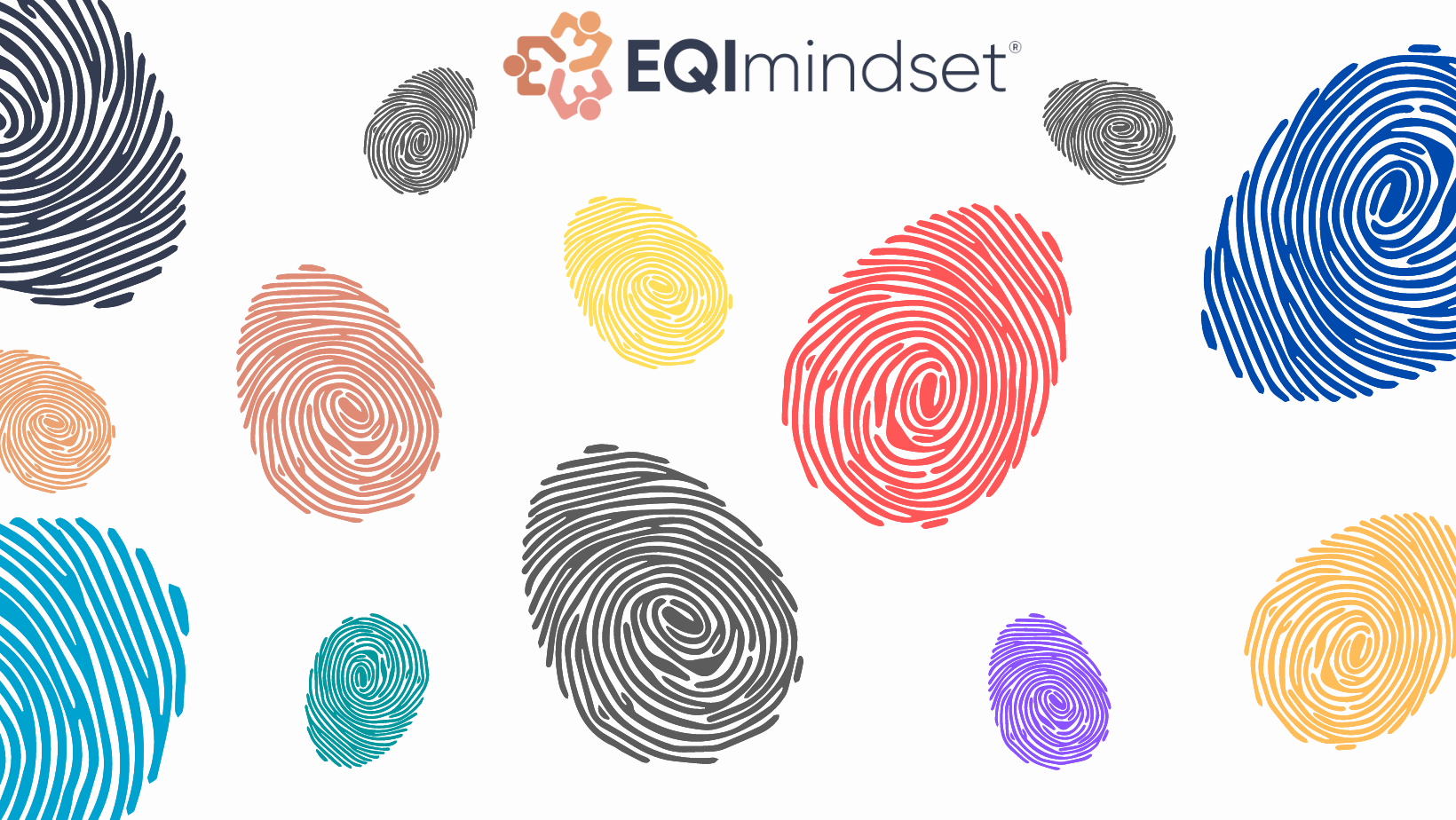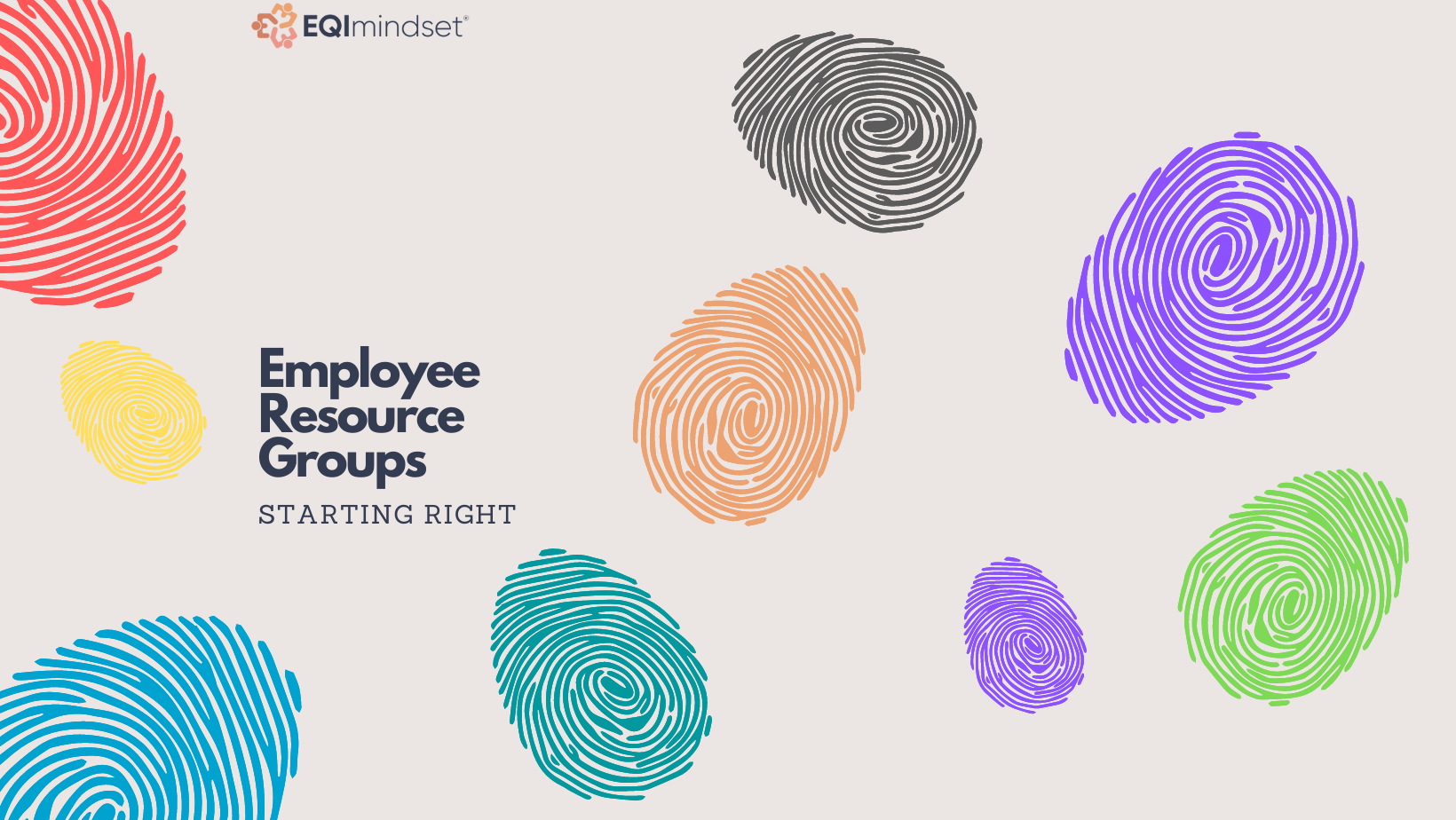What is an ERG?
The acronym ERG stands for an employee resource group. There are some other names these groups are known by within various organizations; Examples include Employee Networks, Internal Affinity Groups, Business resource groups. Alternatively, some organizations can come up with specific acronyms for their internal networks. Regardless of what the group goes by or what acronym your organization chooses to call it; These are grassroots groups that are informal in terms of entry and exit and run by employees within their organizations for specific purposes. These employees usually have different functions and responsibilities as the official roles or titles – but a shared passion for Inclusion and fostering belonging. Although ERGS have been in existence for a while, not all organizations have ERGs, and the majority of existing ERGs are within the United States. Recently, more US organizations and global sites are beginning to see the value in deploying these groups to provide support to the employees and drive strategic business goals.
ERGs are basically a group of employees with some common characteristics: ethnicity, gender, generation, etc. Although the gender and ethnicity groups are more prevalent, as organizations have begun to adopt ERGS as a business resource, there is increasing application across various dimensions. The arguments against ERGs have traditionally stemmed from the fact that the creation of such networks has an exclusive function. However, the value of ERGS goes beyond the seemingly exclusive nature of some of the specific names. ERGS brings a lot of value to the individual members and the organization as a whole. This is the main reason why organizations have begun to use applicable acronyms to highlight the mission and vision of the groups.
ERGs have multiple functions that they can provide to the organization. Examples include:
- Employee Career Development
- Employee Networking
- Individual Skill Development Opportunity
- Organizational Integration
- Organization Business Strategy Acceleration
- Business Reputation & Branding
However, the value is also dependent on how the organization deploys the groups, supports the members, and aligns each group with the overall mission and vision of the organization. Not all ERGs have and should have the same goals for each organization. Some organizations would have the ERGs started by the HR team, DEI team, or CSR team formally. Others have the groups requested by the employees, and leaders have to decide to support them in the right way. Regardless of where your organization is on the inclusion and engagement culture spectrum, ERGs can be a great resource to help your advance your people goals. Employees feel more connected and get integrated, and leaders can get the true pulse of the organization across the groups.
Advice to Jobseekers? Learn about the ERG culture or similar groups as you interview the organization to get the true pulse of the company.
Advice to Employees? If your organization has an ERG – get plugged in.
Advice to Organizational Leaders? Starting ERGS or strategically leveraging existing ERGs can be beneficial to improving your inclusive culture and engaging your employees.
Join the LinkedIn Group Community of Global Employee Resource Groups(ERG) to network with ERG members, leaders, and enthusiasts from multiple organizations and geographic locations.
Is an ERG suitable for your organization? Is it needed? What ERG is the appropriate one to start? How do you get started?
We can help your organization successfully deploy new ERGs, restructure existing ERG or accelerate ERG impact. Contact us now EQIMINDSET.




